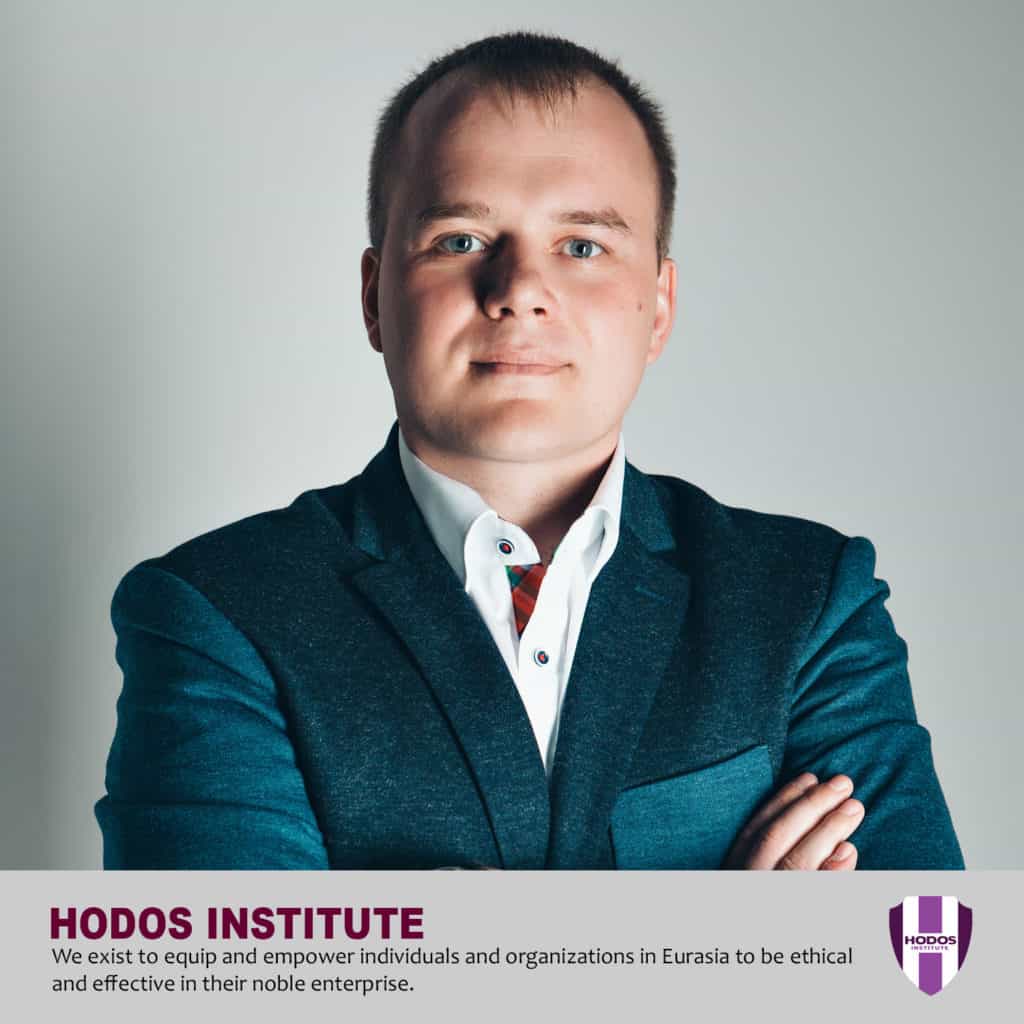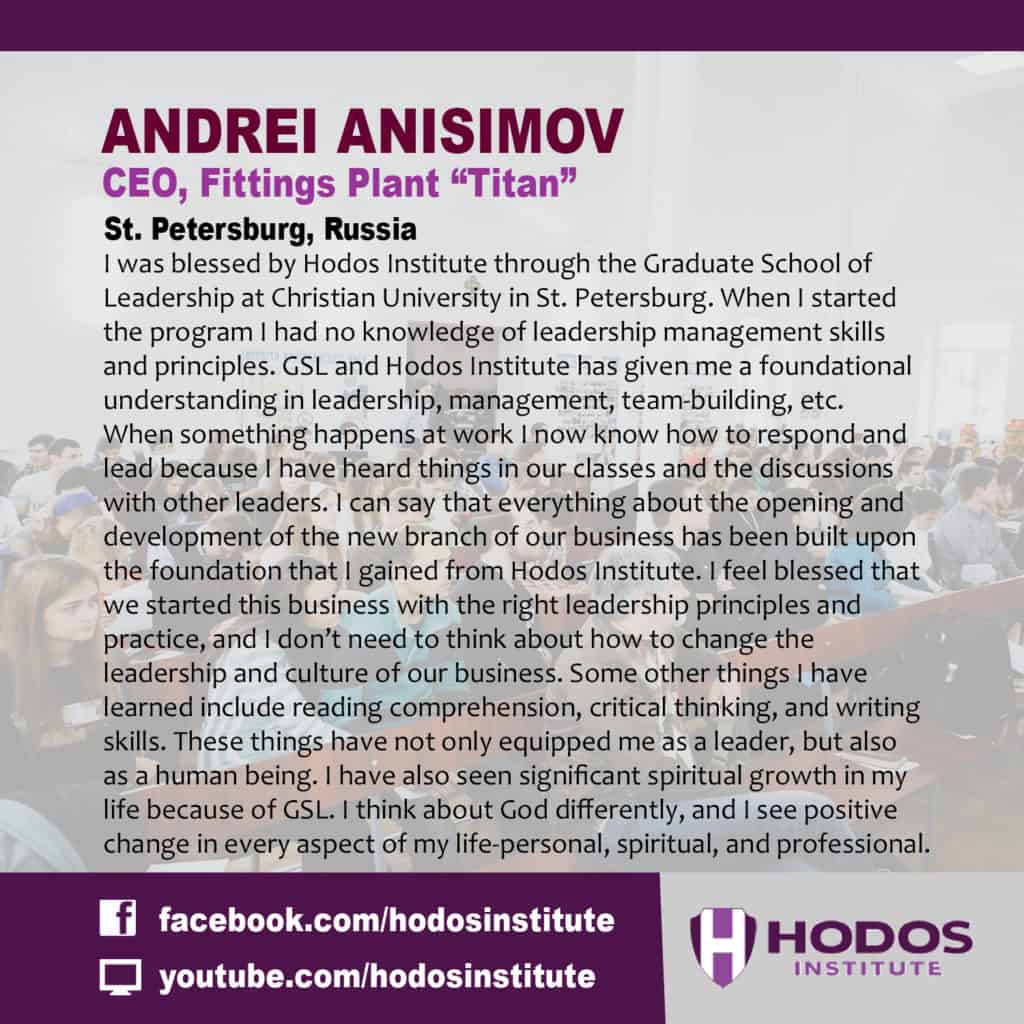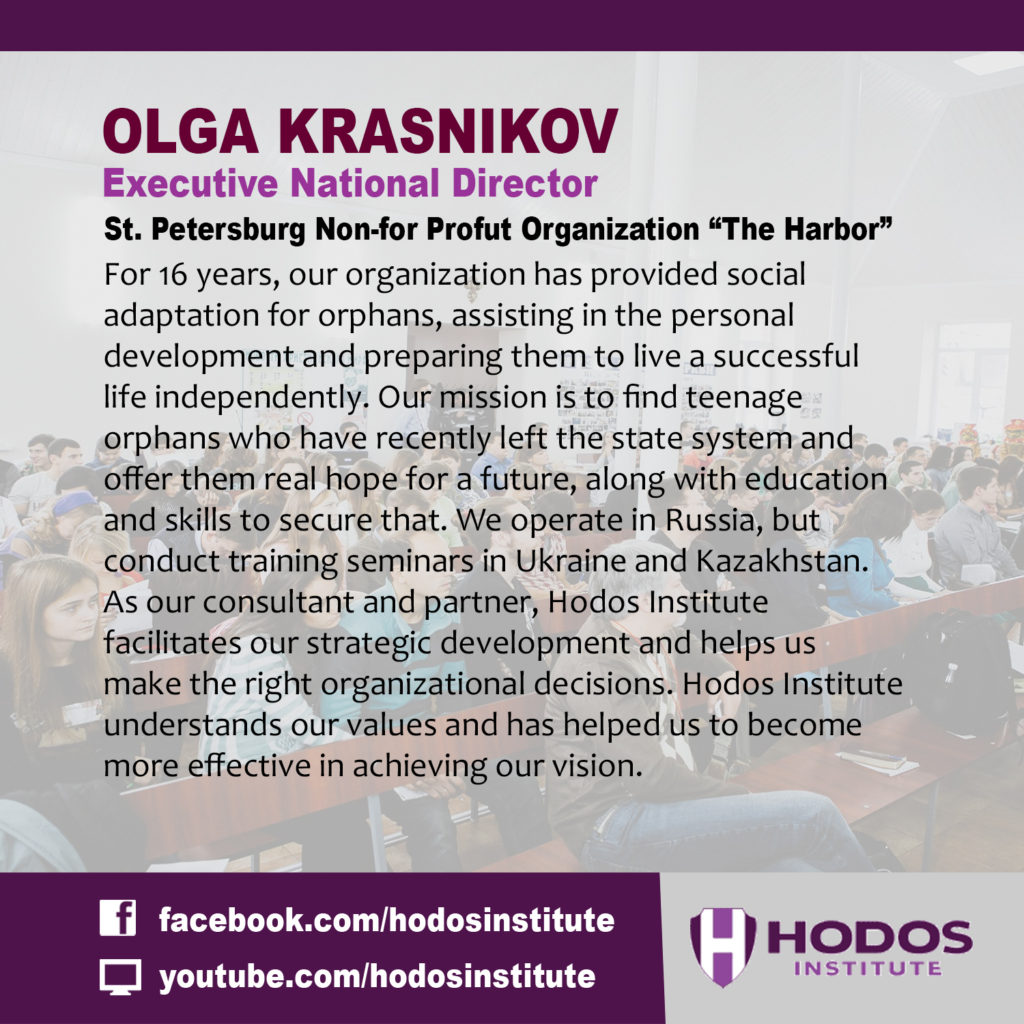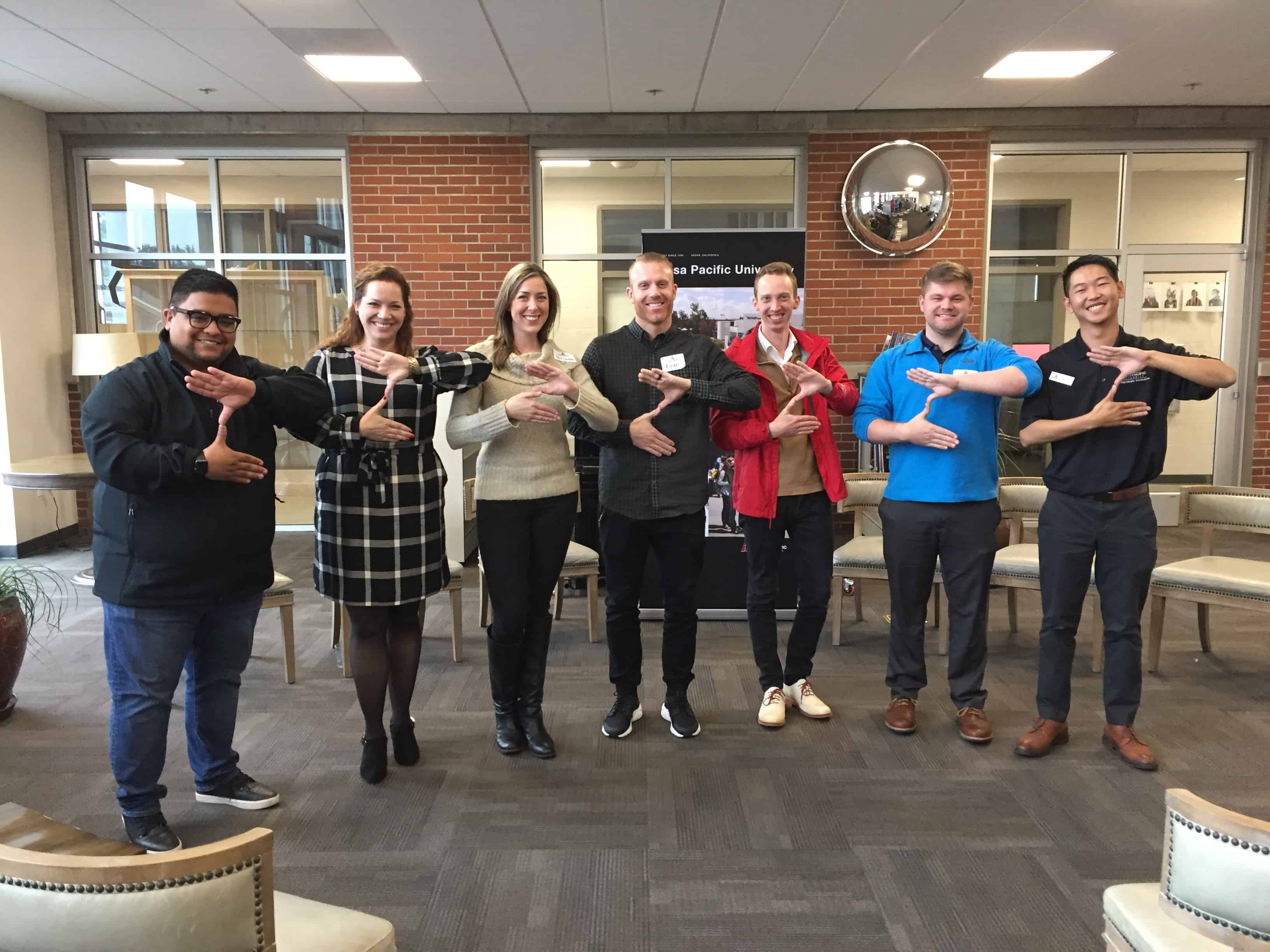Strategic Mobilizer

STRATEGIC MOBILIZER
Amidst radical changes and innovative opportunities, strategic mobilizers have the ability to design functional strategies that employ systems thinking to analyze complex systems. As a result, resources are mobilized to address current and future challenges with strategic solutions that develop, communicate, and align others around a compelling vision for the future. With integrity, they are able to effectively steward resources and achieve the strategic vision by delegating responsibilities according to individual strengths, passions, and experience. By creating and facilitating a work environment that encourages creative thinking and innovation, individuals and group are able to utilize technology for effective communication throughout their performance. Leaders who are effective strategic mobilizers are able to motivate their team to collaboratively solve problems and develop solutions that can take the organization further faster. Becoming a strategic mobilizer enables solutions amidst challenges through the strategic organization of people and resources to achieve a clearly articulated plan.
Starting strategic plans with a vision is essential considering that most people would not go on the long march unless they see a compelling commitment “to produce short term wins to keep complacency down and encourage the detailed analytical thinking that can usefully clarify or revise transformational visions” (Kotter, 2012, p. 12). With leadership that is influences, people and organizations are inspired toward a common goal (Northouse, 2016) and, every “mission requires “leadership to serve and shape it [while] leadership requires mission for focus and integrity” (Lemler, 2010, p. 89). There are five fundamental practices that enable leaders to accomplish extraordinary things: “model the way, inspire a shared vision, challenge the process, enable others to act, and encourage the heart” (as cited in Northouse, 2016, p. 174). Strategic mobilizers who cast a clear vision while empowering and encouraging their team have the potential to make maximum impact.
As a strategic mobilizer, understanding how to effectively steward resources and delegate responsibilities is essential for executing plans. Unfortunately, there is a natural tendency to steer away from our natural God-given tendencies in a world with the juxtaposition of cultural conformity and individualized diversity. In StandOut 2.0: Assess Your Strengths, Find Your Edge, Win at Work, Marcus Buckingham captures the importance of “an innovation delivery system” that is revealed through the StandOut assessment that unveils an individual’s unique edge with practical innovations, tips, and techniques (Buckingham, 2015, p. 29). As I received my results, I was reminded to stand out amidst the cultural conformity and embrace my uniqueness as a teacher and connector who is generous with knowledge. Having the ability to recognize talent is an organization’s most precious resource that requires stewardship and delegation that strategically mobilizes.
Therefore, talent can be understood through character and personal competence, which applied to leaders’ spheres of influence can often equate to success. Thomas (2008), asserts that “outstanding leaders acquire their qualities through practice, but a leader’s aspirations – his or her vision of what could be, despite what is – are fueled by intense personal motivation” (p. 96). Most organizations and leaders experience crucibles that catalyze learning through challenges accompanied by an adaptive capacity: the ability to understand, recognize, and seize opportunities (Thomas, 2008). Through those challenges, personal learning strategies can be crafted to increase motivation, an enduring factor that accelerates growth, and aspirations, an image of the way life ought to be.
There are a variety of innovations and qualities throughout organizations, but organizations that seek out practical innovations and the delivery of those innovations for those who share strengths and accelerate authentic creativity (Buckingham, 2015). Through the Organizational Culture Assessment Instrument (OCAI), an instrument that assesses the dominance of the four culture types: clan (collaborative), adhocracy (innovation), market (competition), and hierarchy (control), organizations are strategically diagnosed for their cultural strength, type, and congruence (Cameron & Quinn, 2011). By understanding these dynamics, strategic mobilizers are able to motivate their teams to collaboratively solve problems and develop solutions. Such strategic intentionality empowers transformative servant leaders who exist to meet needs and empower the motivation of their followers to both achieve and embody a sense of value in their work.




As a strategic mobilizer, having the opportunity as a group partner with Hodos Institute, an Institute for Leadership Development and Research, was a remarkable professional consulting experience that led to recognizing challenges and developing strategic plans to resolve those challenges. In the class, Creative and Collaborative Leadership (LDRS 510), I was able to have the opportunity to develop a professional presentation that analyzed Hodos Institute’s mission statement, goals, and website. As a group, creative and innovative ideas were developed for funding sources, marketing, and volunteer involvement through various practical strategic initiatives. After giving the presentation, the President of Hodos Institute immediately started to implement the three strategic objectives: strengthen the board of directors, develop a GoFundMe for leadership handbooks, and develop a marketing campaign with support cards with personalized testimonials.
By consulting for Hodos Institute, I was able to develop as a strategic mobilizer by understanding the unique contributions and strengths of the team and mobilizing them into strategic roles that would strengthen the proposal and presentation. Being a strategic mobilizer is essential for external consultants to identify how challenges can be solved by exploring and initiating creative solutions.
Across higher education, undergraduate enrollment continues to be a challenge amidst the diversity of human capital, anticipating changes in the quantity of college-going seniors, dynamics of territory management, and more. Therefore, it is essential for admissions offices to be both creative and collaborative in their approach to college recruitment. Alumni recruitment has been a practice in higher education, while within the SCCCU, it is not as common as church recruitment, which is an undeveloped practice. As a proven NACAC practice, Alumni Recruitment could increase active recruiting in all markets, opportunities for more strategic church recruitment, and alumni engagement across territories. When it comes to Alumni and Church recruitment, there are five primary challenges: lack of strategy (clarity, ownership, & activation), lack of resources (people, money, & time), lack of time (planning & communication), lack of data (leveraging CRM to track alumni connections), and lack of best practices (NACAC & NACCAP). These challenges can be overcome by researching case studies, having clear roles, developing a training process with best practices, exploring all forms of alumni recruitment and strategies, and more.
Professionally and anecdotally, as a strategic mobilizer, I proposed four forms of Alumni Recruitment: fairs, events, referrals, and interviews, and church recruitment considering that alumni often attend a church and already have on foot in the door as potential leaders in their community. Some of the outcomes could lead to an increase in inquiries, which could lead to alumni accountability with prospective students to complete applications and conversations that could lead to enrollment. Another outcome could be establishing an alumni base for engagement and regional recruitment in every territory. Also, launching a training process could be reproducible and could apply across the university as human resources university training for staff members to become a recruiter for the university. Their buy-in for joining the recruitment process could lead to advocacy for the importance of university enrollment culturally being a university responsibility. All of this could be evaluated by creating Inquiry Tracking called, “Alumni Source” to see the development of a new Inquiry model score. By utilizing google forms for surveys, alumni training and feedback could help improve the process and create a space for alumni to have greater ownership in recruiting in their region. As a strategic mobilizer recognizing challenges and developing various clearly articulated and developed solutions could lead to good to great transformation within and throughout organizations.

Becoming a strategic mobilizer throughout the Masters in Leadership program has brought clear strategies for effectively inspiring, creating, and executing solutions to crucial challenges. Moving forward, I want to be the admissions counselor who developed the culture of Alumni Recruitment and the legacy of launching the most strategically mobilizing initiative in Graduate and Undergraduate Enrollment. Therefore, one of my goals is to create a formal proposal for alumni, faculty/staff, and parent recruitment for Undergraduate Admissions by Spring 2019. In addition, another goal would be to create a personal leadership development process for understanding, recording, and stewarding ideas and promises and prayer requests by January 2019. Finally, as I move forward in building Isozaki Coaching Company, I want to create a board of trustees, sponsors, and mentors who will be able to strategically mobilize me in various situations, pruning, and elevation by Summer 2019. Being a strategic mobilizer requires fortitude and grit to be patient in developing solutions to a multitude of challenges.
References
Buckingham, M. (2011). StandOut: The groundbreaking new strengths assessment from the leader of the strengths revolution. Thomas Nelson Inc.
Cameron, K. S., & Quinn, R. E. (2005). Diagnosing and changing organizational culture: Based on the competing values framework. John Wiley & Sons.
Kotter, J. P. (2012). Leading change. Boston, MA: Harvard Business Review Press.
Lemler, J. B. (2010). Identity and effectiveness in the twenty-first century. Anglican Theological Review, 92(1), 89-102.
Northouse, P. G. (2016). Leadership: Theory and practice (Seventh ed.). Los Angeles, CA: SAGE Publications.
Thomas, R. J. (2008). Crucibles of leadership. Boston, MA: Harvard Business School.